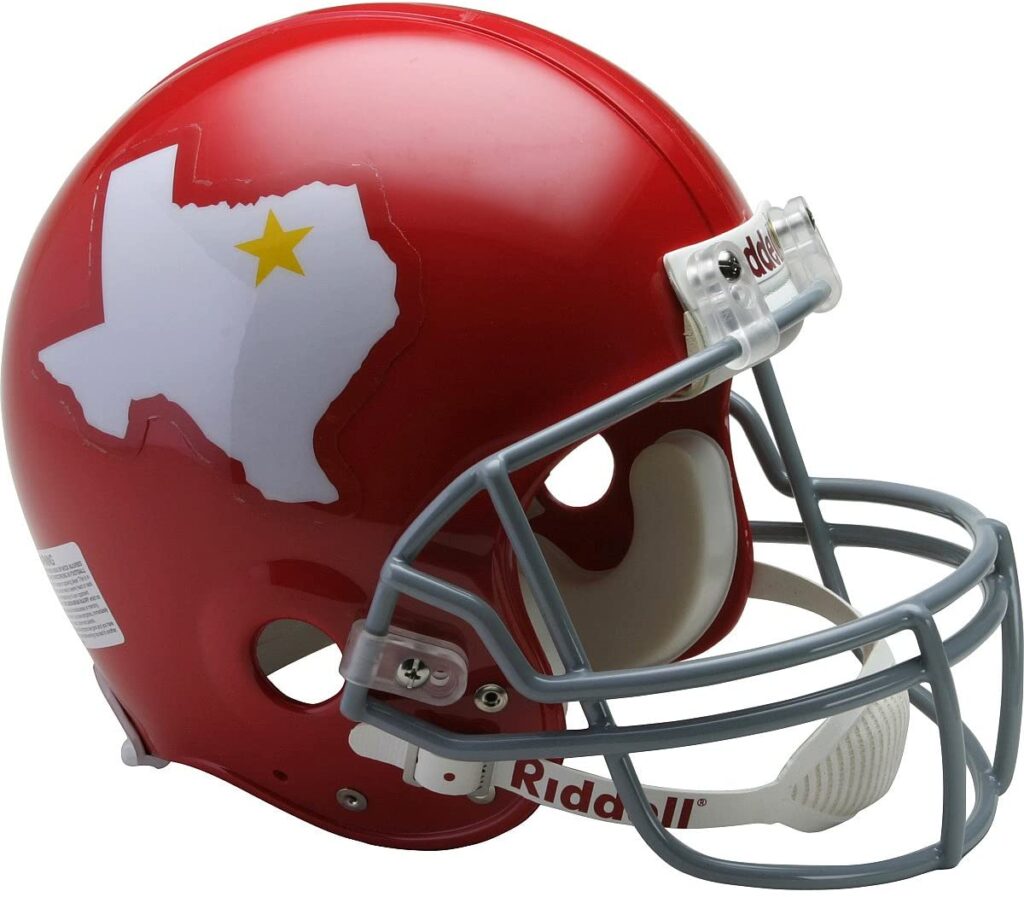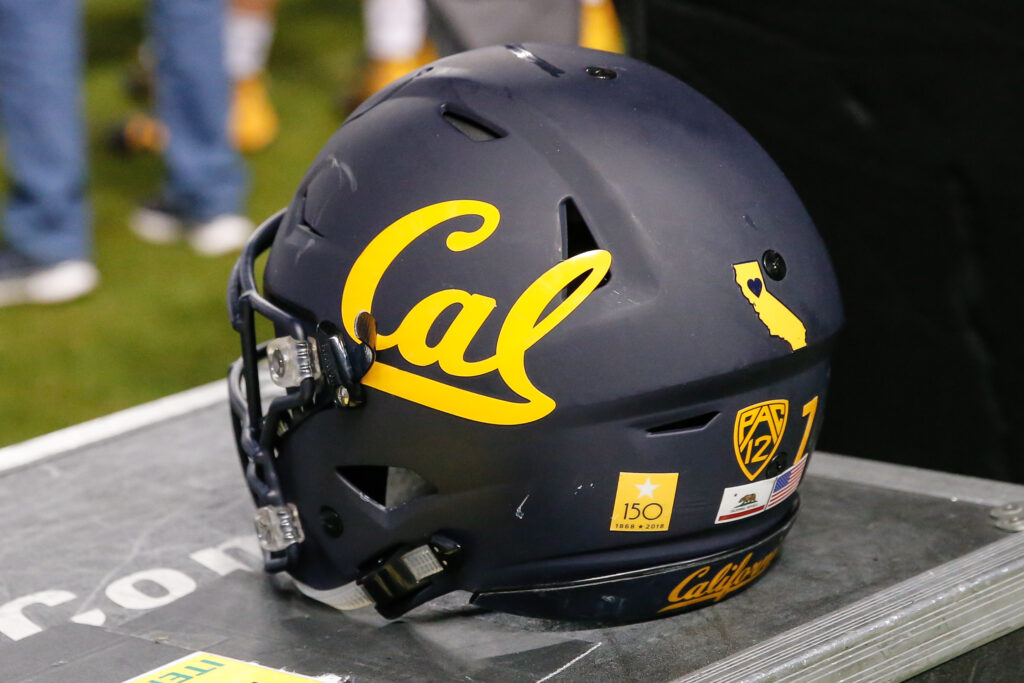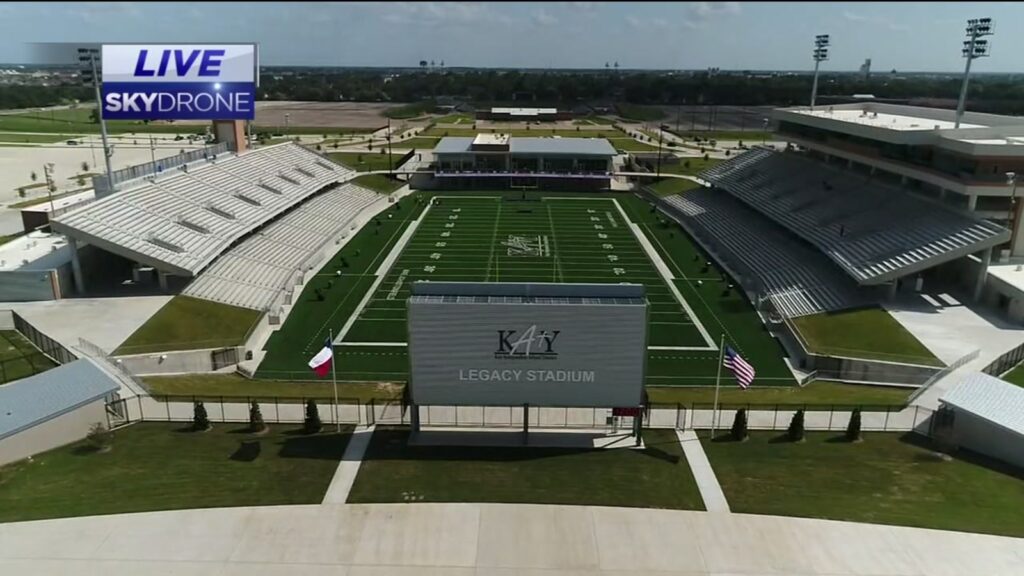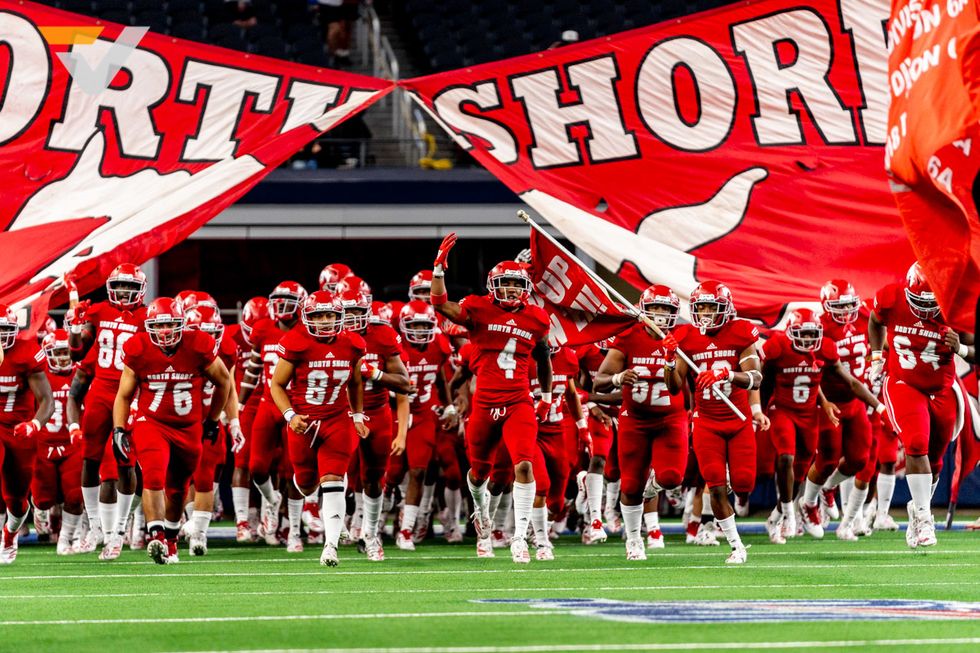Texas Football
The 1962 Dallas Texans were a National Football League franchise born of failure. The team was actually a transplanted version of another faux pax, the New York Yanks. When Yanks owner Ted Collins decided that eight years of red ink was enough, he sold his ailing franchise back to the league. A few weeks later then-NFL commissioner Bert Bell surprised the sports world when he announced that the franchise had been sold to a group of Dallas investors headed by Giles Miller, a young Texas millionaire. While some questioned the league’s decision to place a pro team in Dallas, an area that was devoted to the college game, others questioned Miller’s sanity in attempting to do so with the likes of the Yanks. More generous critics called Miller’s move “courageous.” Whether courageous or crazy, Miller was absolutely confident. “There is room enough in Texas for all kinds of football,” he prophetically announced. Unfortunately, the only place in Dallas to prove that there was “room enough” for pro football was the 75,000 seat Cotton Bowl. In their brief stay in Dallas, the largest crowd the Texans managed to draw was 17,499 curious spectators on opening day.
The Texans’ inaugural game actually began on an optimistic note – they scored first. Just minutes into the game the Texans recovered a punt fumbled by a Giants defensive back. Two plays later the Texans scored. Sequence photos of the scoring pass-play show that the nearest Giants defender was the same defensive back who had set up the drive with his fumble – Tom Landry. The Texans missed the extra point (something they would do six more times during the season) and the Giants went on to win 24-6. From there, things got worse. The team continued to lose and crowds got smaller with each week. With five games remaining and the Texans unable to meet their payroll, Miller was forced to return the Dallas franchise to the league that operated the team for the remainder of the season.

The Akron game was actually the second half of a football Thanksgiving double header with a high school morning game outdrawing the pros. There were so few fans in the stands that in his pre-game remarks Texans coach Jimmy Phelan had not lost his sense of humor and the team had not lost their will to win. The Texans stunned the Bears with a 27-23 victory. Following losses to the Eagles and Lions, the Texans folded.
California Football
Football was first played on the Berkeley campus in 1882, albeit in a form that resembled rugby. It was not until 1886 that American football began play. Football was put on hiatus in 1906 when it was decided by the administration that American football was too dangerous a sport and rugby once again took over the scene. Football returned for good in 1915 and Cal has fielded a team in every year since.
Tedford surpassed the legendary Pappy Waldorf to become the Cal head coach with the most career victories when the Bears blew out UC Davis 52-3 in the season opener. Despite early successes, however, the team had an inconsistent season. After starting senior quarterback Kevin Riley sustained a season-ending knee injury in a loss to Oregon State, Cal had only one win in the final four games, edging out Washington State for the team’s sole road victory. The Bears finished the season on a three-game losing streak, getting edged out 15-13 by #1 Oregon, losing the Stanford Axe to archrival #8 Stanford in a 48-14 blowout, and sustaining a last-second defeat by Washington. The team finished 5-7, Tedford’s first losing season and the team’s first losing season since 2001, failing to become bowl-eligible for the first time during Tedford’s tenure as head coach. Cal was ranked only once during the season with a No. 24 spot in the Coaches’ Poll. One bright spot for the season was running back Shane Vereen going over the 1,000 rushing yard mark, as he finished with 1,167 yards.

National Championships
The NCAA’s website states that “the NCAA does not conduct a national championship in Division I-A football and is not involved in the selection process.” It goes on to say that “a number of polling organizations provide a final ranking of Division I-A football teams at the end of each season.” California recognizes 5 national championships as recognized by other major polling entities.
The difference between Texas and California high school football
A debate has been sparked on the difference between California high school football and Texas High School football. The list features some of the most elite high school football programs from across the country, including the Folsom Bulldogs. While California has nine high school represented on the list, Texas only has three — Allen, Lake Travis and Katy.
Katy is home to what is believed to be the most expensive high school football stadium ever built. The 12,000-seat stadium cost $72 million and serves as the home field for eight high schools in the district. The Katy ISD Legacy Stadium took the title of “most expensive high school football stadium ever built” from Allen Eagle Stadium, located just northeast of Dallas. Allen High School’s stadium, which was built in 2012, cost $60 million and seats 18,000.

The Folsom Bulldogs come in at number 19 in MaxPreps Preseason Top 25 Early Contenders rankings while perennial power St. John Bosco tops the list. Mater Dei, De La Salle, and Corona Centennial are among the other storied California football programs to make the top 25 rankings. Folsom, which went 16-0 en route to its second state championship in four years, is one of six schools on the national list to have finished the 2017 season unbeaten. In addition to California and Texas, nine other states plus Washington, D.C., have schools listed among the national contenders.
Take a look at the preseason list of the nation’s top football teams below and let see the difference between California high school football and Texas high school football?
1. St. John Bosco (Bellflower, Calif.) – 2017 season: 12-3 record, Finished No. 8 in MaxPreps national rankings, lost to Mater Dei in CIF Southern Section Division 1 championship game.
2. Mater Dei (Santa Ana, Calif.) – 2017 season: 15-0 record, Finished No. 1 in MaxPreps national rankings, beat De La Salle to win CIF Open Division state championship.
3. IMG Academy (Bradenton, Fla.) – 2017 season: 8-0 record, Finished No. 2 in MaxPreps national rankings.
4. Allen (Texas) – 2017 season: 16-0 record, Finished No. 3 in MaxPreps national rankings, beat Lake Travis to win Texas 6A-Division 1 state championship.
5. Grayson (Loganville, Ga.) – 2017 season: 10-2 record.
6. St. John’s (Washington, D.C.) – 2017 season: 9-2 record, Finished No. 14 in MaxPreps national rankings.
7. St. Frances Academy (Baltimore, Md.) – 2017 season: 13-0 record, No. 5 in MaxPreps national rankings.
8. St. Thomas Aquinas (Fort Lauderdale, Fla.) – 2017 season: 11-3 record.
9. Lake Travis (Austin, Texas) – 2017 season: 13-3 record, Finished No. 16 national rankings, lost to Allen in Texas 6A-Division 1 state championship.
10. Chandler (Ariz.) – 2017 season: 13-2 record, Finished No. 11 in MaxPreps national rankings, won Arizona 6A state championship.
11. Folsom (Calif.) – 2017 season: 16-0 record, Finished No. 18 in MaxPreps national rankings, won CIF Division 1-AA state championship.
12. Katy (Texas) – 2017 season: 12-1 record, Finished No. 17 in MaxPreps national rankings, lost to Lake Travis in Texas 6A-Division 1 semifinals.
13. Centennial (Corona, Calif.) – 2017 season: 10-3 record, lost to St. John Bosco in CIF Southern Section Division 1 semifinal.
14. North Shore (Texas) – 2017 season: 9-4 record, lost to Katy in finals

